
The Exposure
There are three possibilities how to control the brightness of a photo. One of them is the exposure or the shutter speed. This describes how long the shutter is letting light falling on the sensor (or the film for the nostalgics). So the correct term would be exposure time. You longer expose the sensor the image will get brighter and brighter. If you wanna get a sharp image the camera should be hold still or be mounted on a tripod during the exposure. Otherwise you get light trails or just a blurry image.
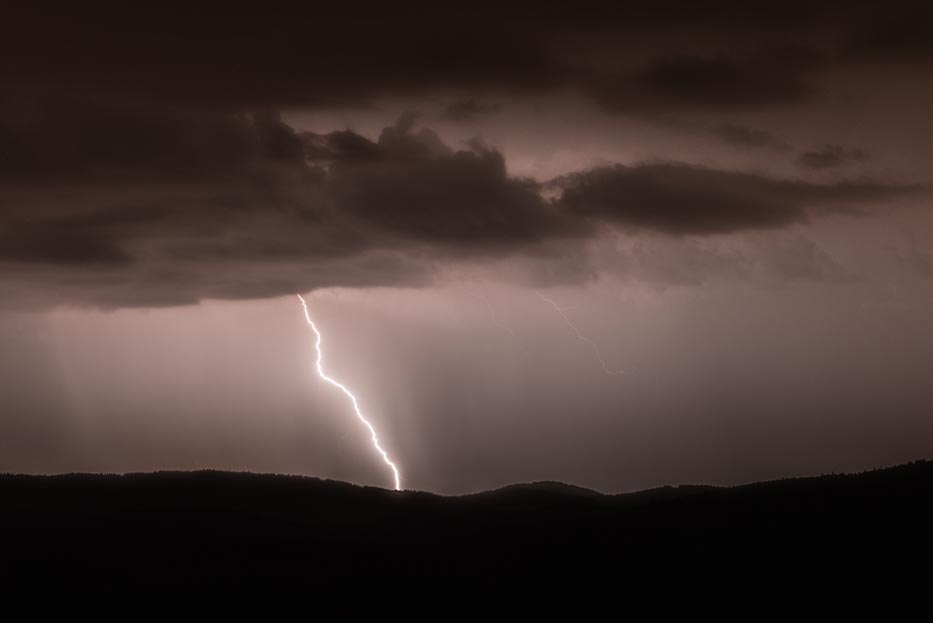
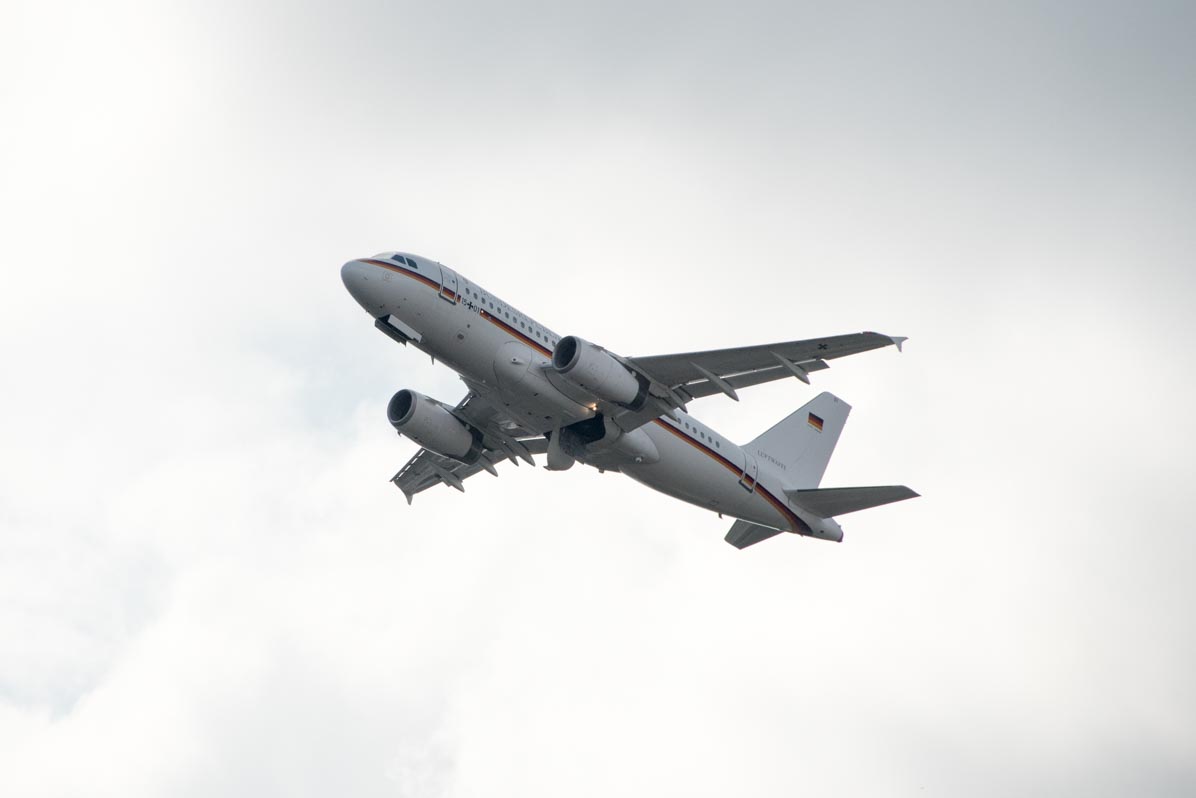
The most cameras are offering exposure times from 30 seconds to 1/8000th of a second. You want to take a photo in the dark or want to capture a scene with weak light conditions? Then you need a tripod and a long exposure time. You want to freeze a fly during flight? Then you need a short exposure time. Both examples read a bit special but illustrate how the exposure time work.
The two sample images above have a completely different exposure time: the image with the lightning was 166 seconds exposed. The plane was only for 1/4000th of a second exposed to freeze it in the air.
This is the logic part of exposure. When you expose the sensor the camera should be hold still. But the exposure is also a creative instrument:
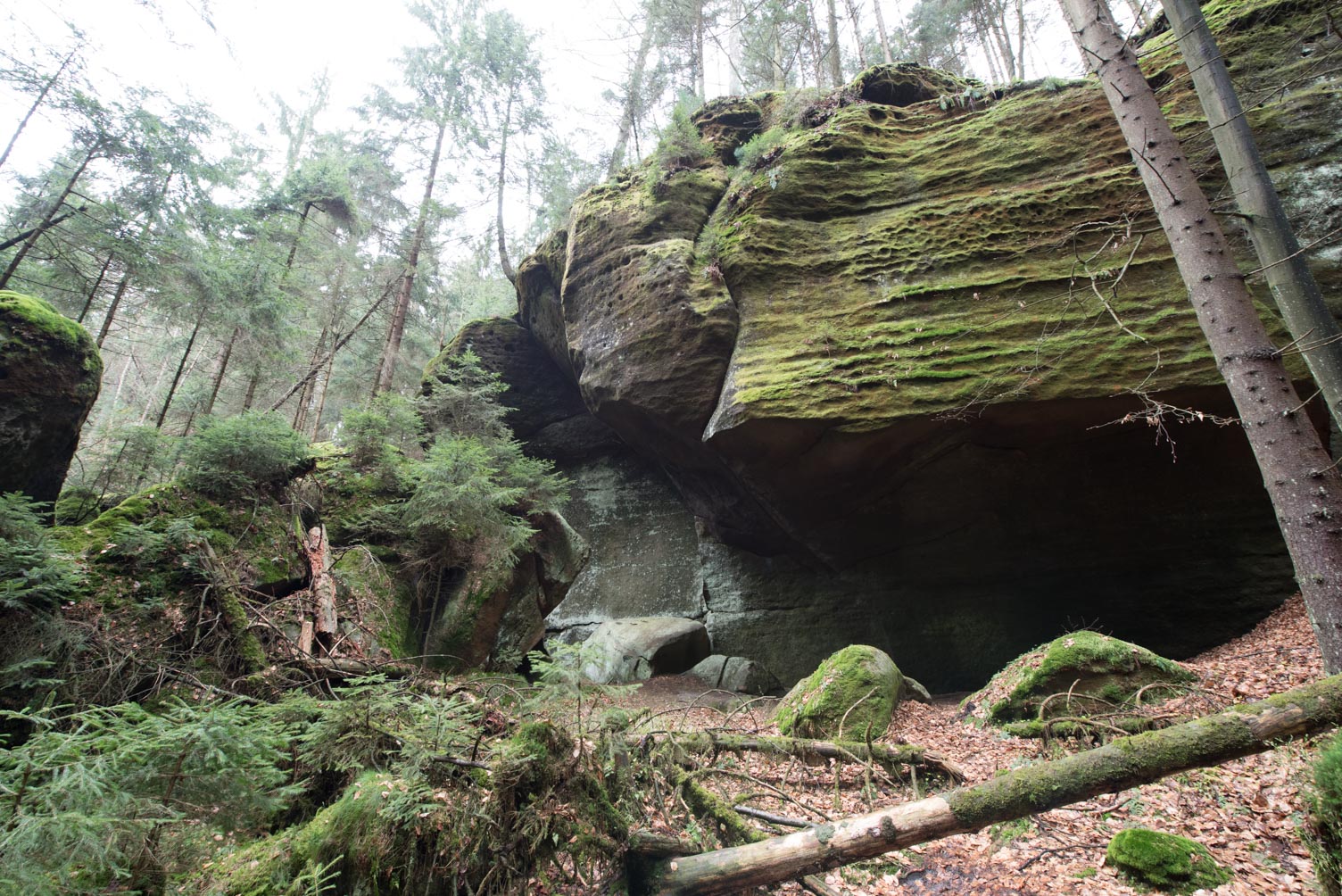
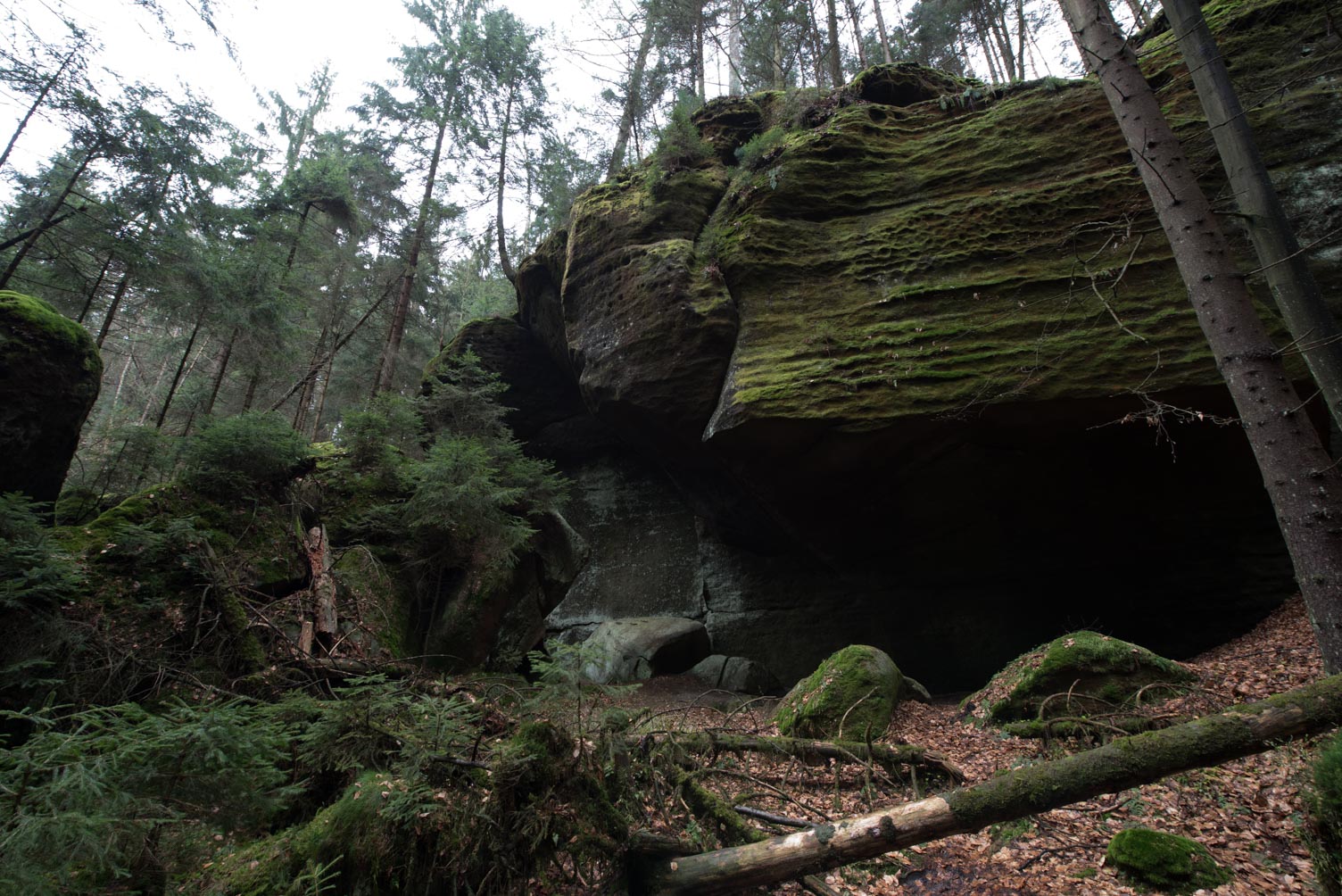
The left picture shows the “correct” exposure respectively what the metering has measured before the shutter was triggered. The right picture is showing a corrected exposure on a creatively way. The darker tones making it more dramatic and attractive for the human eye.
The key for a successful exposure is to keep this formula in mind: the exposure time should never fall under the size of focal length you have. If you shoot with 50 mm focal length the exposure time should never fall under 1/50th of a second. With this limit you can take sharp images. Nowadays there are very useful helpers like the VR on Nikon or IS on Canon cameras. These helpers allow you to fall below this limit. With activated stabilization I’ll get a sharp image even at 1/25th of a second and if you have really calm hands with another bit longer exposure time.
The Aperture
The aperture of a camera lens controls how much light is falling on the sensor. It reduces the opening in the inner of the lens for less light. If you adjust a higher – the higher the number the smaller is the opening – aperture at the same exposure time, you will get a darker image. So why should you set a higher aperture number? To receive more depth of field or just to darken your image, because with a wide open lens the image would be overexposed. To break it down.
Depth of field
This term describes how wide the range of sharpness of an image is. The aperture is measured in f-stops. If you take a picture with the f-stop (aperture) 2.8 the depth of field is not very big. How wide the depth of field is depends on the focal length you use. If use a wide aperture on a 300 mm (telephoto), we stay at 2.8, the depth of field would be only some millimeters wide, wide enough to get the eyes of an animal sharp. If you use 2.8 at 14 mm (wide angle) the depth of field is some meters wide. The open – or a bit closed – aperture setting is useful for portraits or if you want to separate your subject from the background because the background is getting blurry (depends how far the subject is positioned from the background). The correct term in photography slang for a smooth blended background is the japanese word “Bokeh”.
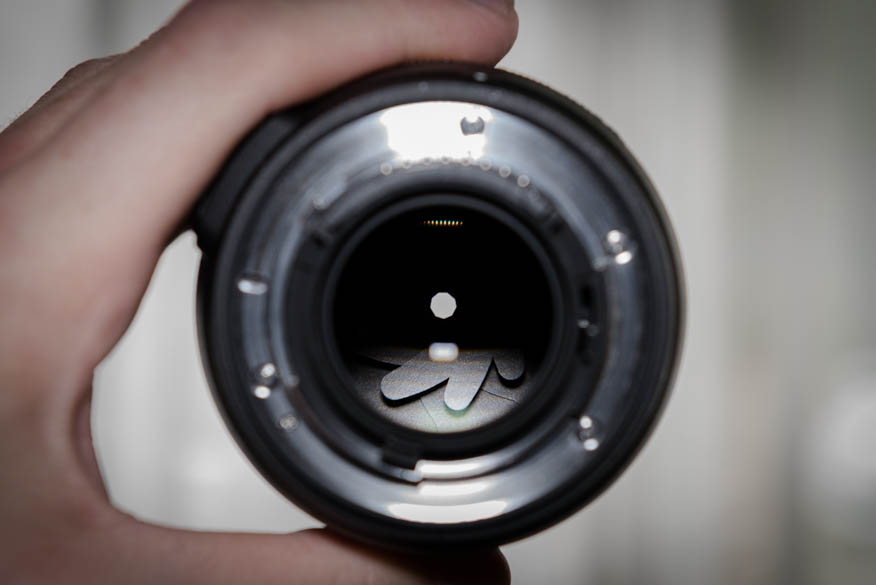
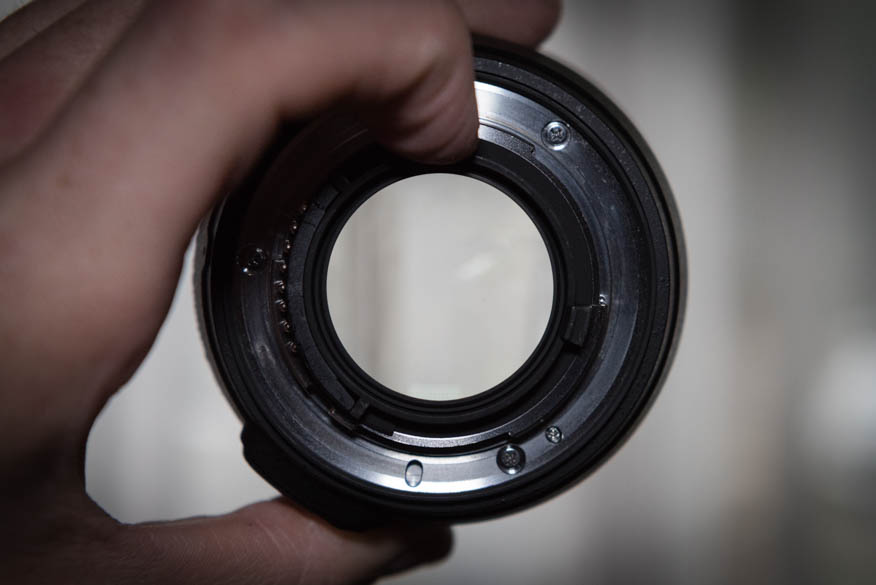
When you shoot with a small aperture, that means you have a bigger f-stop number for example 8, than you start to reach the maximum sharpness of the lens. Almost all lenses have their sharpest performance between 8 to 11. After 11 the diffraction blur begins and the sharpness is moving away from the center of the image. If you wanna know more about diffraction blur you should use an encyclopedia of your choice because this needs a very scientific explanation. So keep in mind if you wanna get the maximum sharpness of your lens then choose an aperture between 8 and 11.
Vignette
Every lens has vignetting at the start aperture. If my lens carries a description like "24-70 mm f-2.8", I can use the aperture 2.8 at every focal length and it is the widest opening of the lens. There is a “problem” at the wide openings: the corners of the taken photo are darkened. The lightrays which hit the corners of the sensor are shadowed, because they don’t go straight through the barrel of the lens, this is construction-conditioned. You see the difference in the center of an image: it is brighter than the corners. But if you close the aperture, for example 5.6 the vignette becomes less, almost not more visible. And otherwise you can remove the vignette by software nowadays by one click. For me this is the smartest way.
Aperture is more relevant for composing than to compensate the exposure time
Of course it is easy to bump up the aperture if you have bright light conditions to darken the image. But the aperture is more a composing tool than an exposure tool. The important part is the depth of field. I would not recommend to take a portrait with f-stop 8.0 just because you get the maximum of sharpness – the background of the photo would become very fretful and the picture is then uncomfortable to watch. If you take landscape photos or architecture the small apertures (high numbers: 8, 9 and so on) are compulsory to reach the maximum level of sharpness. With a full depth of field you let the viewer look in the far and allow him to explore things in the foreground at the same time. Topics like portraits or stills live from a calm background where the subject is undisturbed and can take effect on the viewer. It recommends to play with different apertures on the same motif.
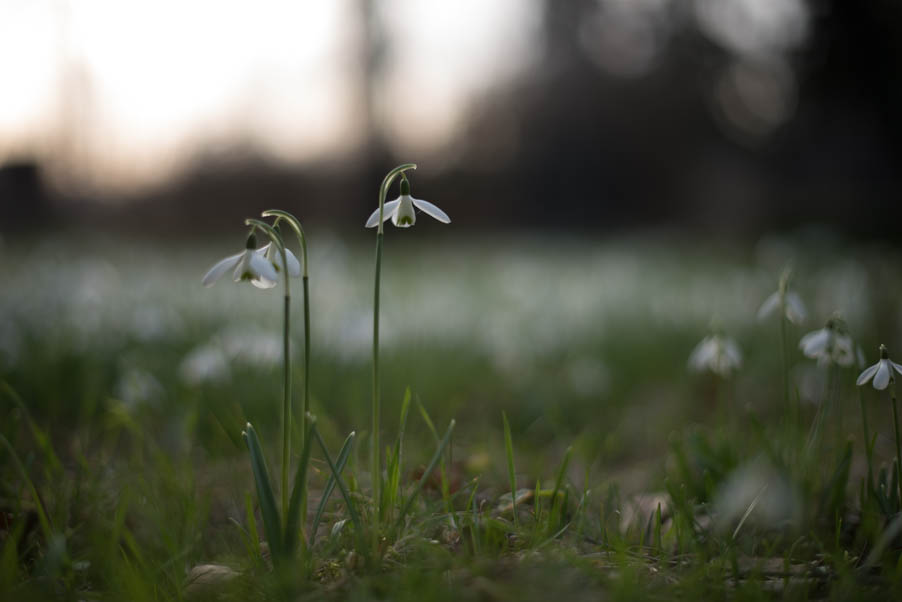

The ISO and concluding remarks
The last setting to get a proper exposure is the ISO. This acronym stands for International Organization for Standardization. In photography when we say ISO we talk about - to be very correct – the ISO 5800 (“Photography – Determination of ISO speed of colour negative films for still photography”). This standard describes the light sensitivity of film. In the digital format would be “exposure index” the correct definition, but to make it easy for the user and to build a connection to film cameras the manufacturers use also ISO as term. The exposure index is equivalent to the ISO, but enough with theoretical part.
Which affect has ISO on my exposure?
The ISO behavior is very specific to the camera. It ain’t hard to tell: the more modern the camera is, the better the noise performance. And a full frame camera will always better perform in this discipline than a APS-C (DX at Nikon) camera. But to go on detail.
The ISO setting controls the sensitivity of the sensor. If you want to use a certain aperture and a certain exposure time you have to increase the ISO setting, in weak light conditions. If you increase your ISO you will take the risk of noise in the final image. This noise will show as colorful pixels. In worst case you will get an unusable picture because brightness- and color-deviation getting bigger and bigger. This also causes a loss of sharpness. But as always it is a question of the situation. You want to take to freeze a bird in the air during the flight? You will need a short exposure time and high ISO for this task, if you don’t have a fast lens. Usually you will take this kind of photo in daylight with a lot of available light. You can bump up the ISO really high, to reach a short exposure time, because there is enough light and the result will not show this kind of noise like a, for example, architecture shot in the dark with same high ISO.

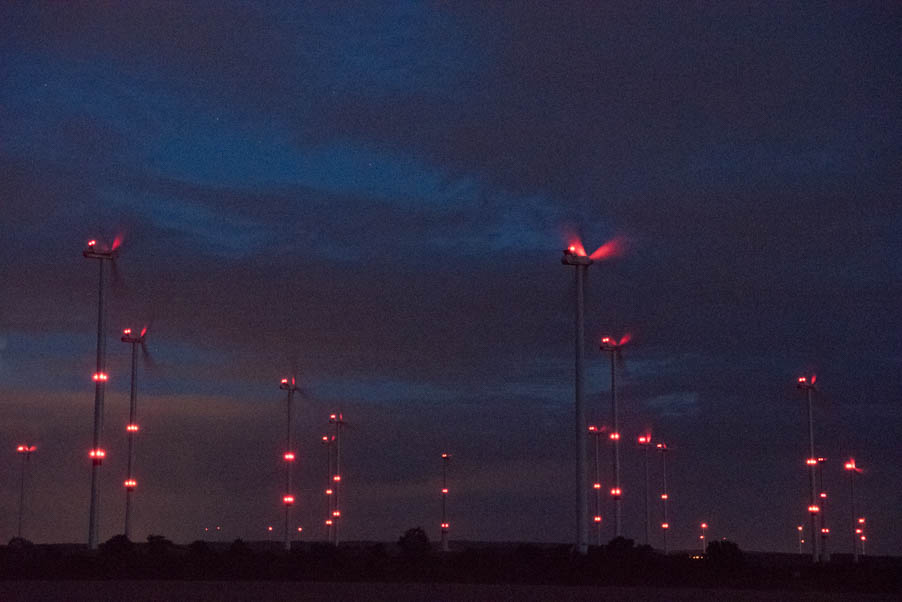
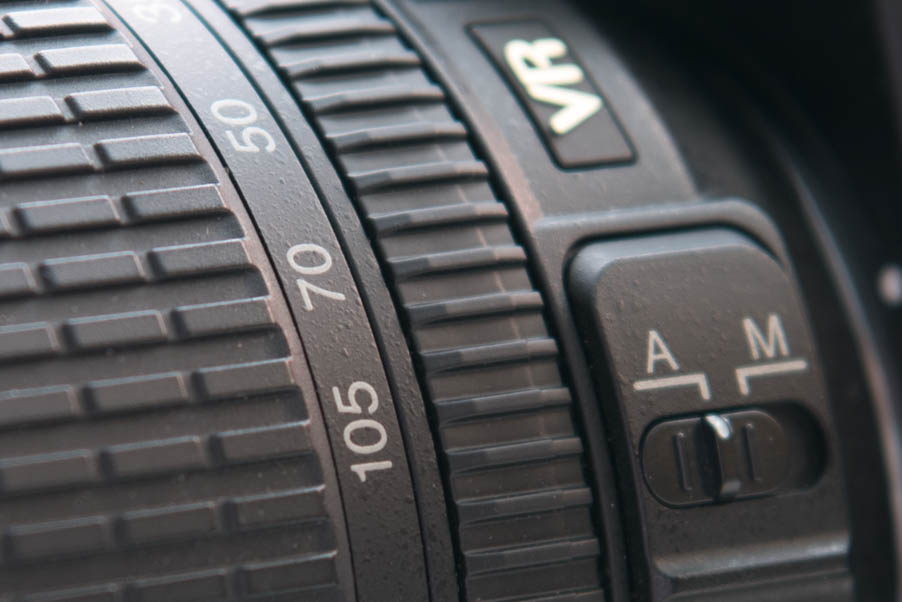
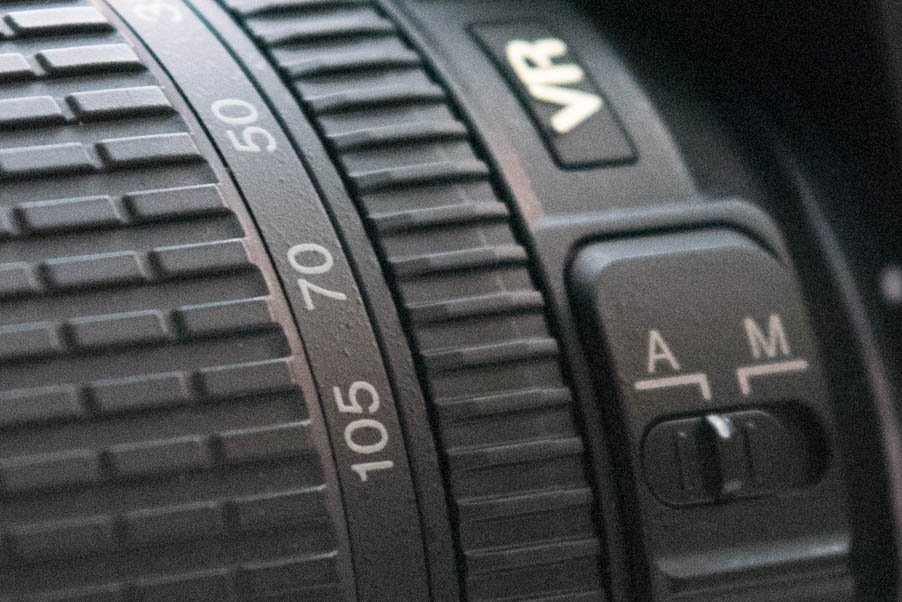
As you can see a much higher ISO setting allows you to "see in the dark" but with a very visible quality-loss. If the light condition is good enough you can use a high ISO to have a fast shutter speed and still an usable image.
Concluding remarks
When you have read this so far you can get out of automatic mode of your camera. Exposure time, aperture and ISO are the three elements which should be always in mind when you take a photo. None of them can be isolated, they are connected.
If you are unsure what fit’s in the current situation but you want to use a certain one of these three, then the camera offers semi-automatic modes like aperture automatic and shutter automatic. In the aperture automatic mode you can set the wished shutter speed. The camera calculates the aperture. And in shutter or time automatic mode you choose the wanted aperture and the shutter is set by the camera.
But as already mentioned the aperture is maybe the creative crucial element of the three. If you need a certain aperture be sure to follow this rule: The exposure time should not fall under the amount of the focal length when you shoot free hand, for a shake free-image.
I personal take the most photos in shutter automatic mode because the exposure metering in modern cameras nowadays is doing an excellent job. What I’m also looking for is the right ISO, especially when I take moving objects. When I’m photographing landscape I’m using the most time a tripod, so I can use the lowermost ISO setting. Go and try the semi-automatic modes of your camera and use different ISO settings to reach you personal pain threshold of noise performance.
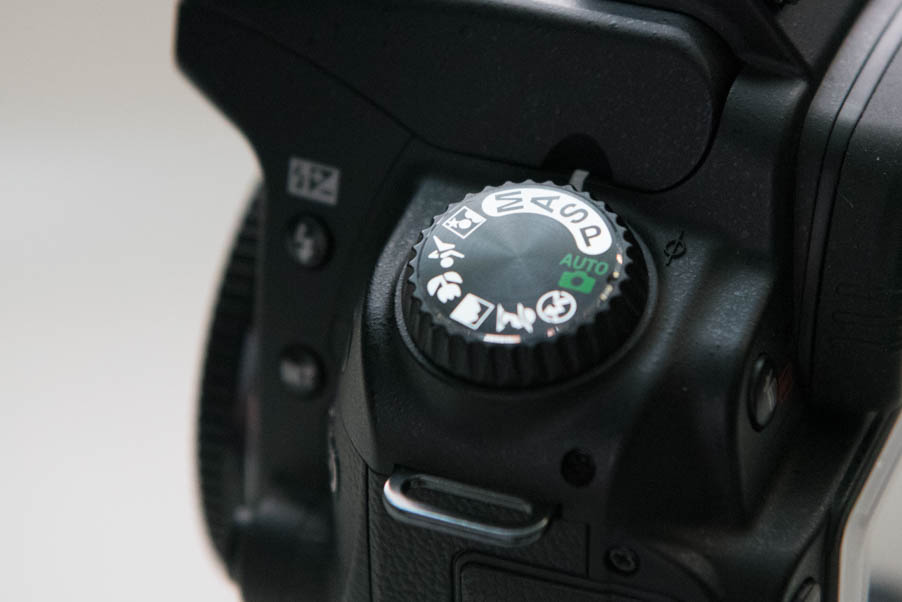

Report
My comments